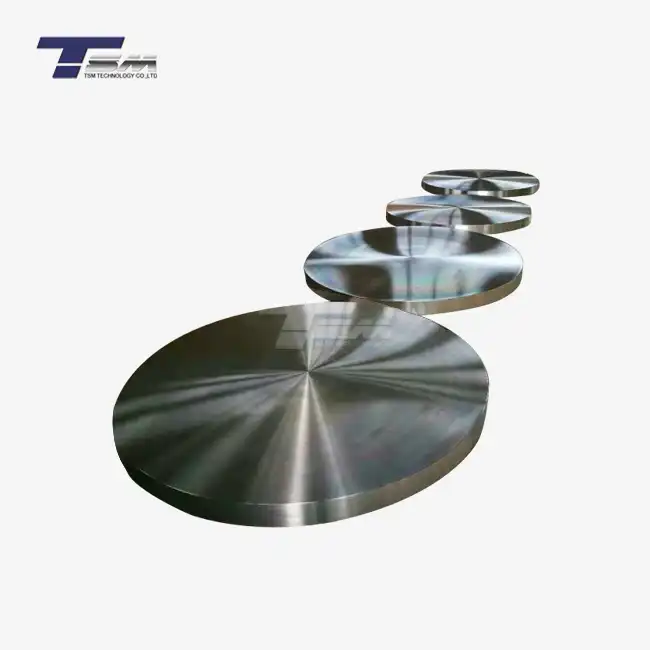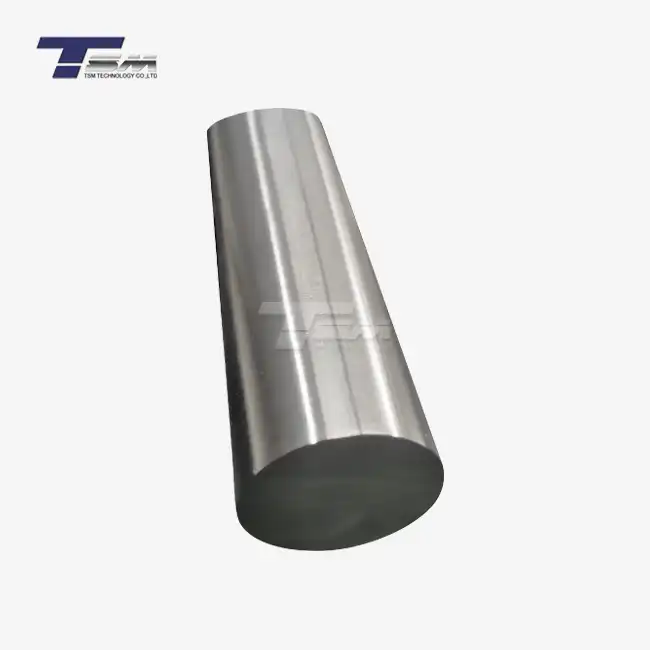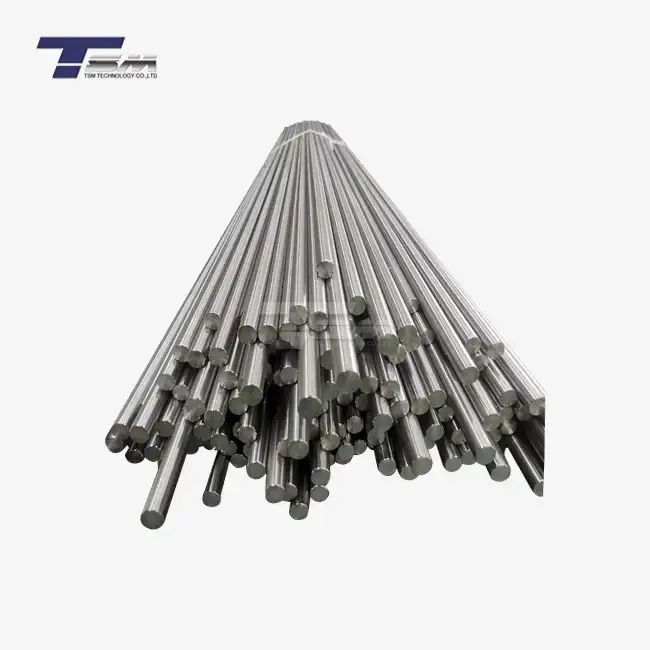- English
- French
- German
- Portuguese
- Spanish
- Russian
- Japanese
- Korean
- Arabic
- Greek
- German
- Turkish
- Italian
- Danish
- Romanian
- Indonesian
- Czech
- Afrikaans
- Swedish
- Polish
- Basque
- Catalan
- Esperanto
- Hindi
- Lao
- Albanian
- Amharic
- Armenian
- Azerbaijani
- Belarusian
- Bengali
- Bosnian
- Bulgarian
- Cebuano
- Chichewa
- Corsican
- Croatian
- Dutch
- Estonian
- Filipino
- Finnish
- Frisian
- Galician
- Georgian
- Gujarati
- Haitian
- Hausa
- Hawaiian
- Hebrew
- Hmong
- Hungarian
- Icelandic
- Igbo
- Javanese
- Kannada
- Kazakh
- Khmer
- Kurdish
- Kyrgyz
- Latin
- Latvian
- Lithuanian
- Luxembou..
- Macedonian
- Malagasy
- Malay
- Malayalam
- Maltese
- Maori
- Marathi
- Mongolian
- Burmese
- Nepali
- Norwegian
- Pashto
- Persian
- Punjabi
- Serbian
- Sesotho
- Sinhala
- Slovak
- Slovenian
- Somali
- Samoan
- Scots Gaelic
- Shona
- Sindhi
- Sundanese
- Swahili
- Tajik
- Tamil
- Telugu
- Thai
- Ukrainian
- Urdu
- Uzbek
- Vietnamese
- Welsh
- Xhosa
- Yiddish
- Yoruba
- Zulu
Nickel Alloy Round Bar Creation & Applications
Nickel alloy round bars are versatile and robust metal products that play a crucial role in various industries. These cylindrical bars, crafted from nickel and other alloying elements, offer exceptional corrosion resistance, high-temperature strength, and durability. The creation process of nickel alloy round bars involves careful material selection, precise melting and alloying techniques, and rigorous quality control measures. These bars find applications in aerospace, chemical processing, oil and gas, marine engineering, and nuclear power industries. Their unique properties make them indispensable in demanding environments where standard materials would fail, ensuring the longevity and reliability of critical components and structures.
The Art of Creating Nickel Alloy Round Bars
Material Selection and Composition
The journey of crafting nickel alloy round bars begins with the meticulous selection of raw materials. High-purity nickel serves as the base metal, often combined with elements like chromium, molybdenum, iron, and copper to enhance specific properties. For instance, the nickel 200 round bar, composed of 99.5% pure nickel, offers excellent resistance to caustic alkalis and organic compounds. The precise composition is determined based on the intended application and desired characteristics of the final product.

Melting and Alloying Process
Once the materials are selected, they undergo a sophisticated melting process. Advanced furnaces, such as vacuum induction melting (VIM) or electroslag remelting (ESR) systems, are employed to ensure the highest level of purity and homogeneity in the alloy. These methods minimize impurities and achieve the desired chemical composition. The molten alloy is then carefully poured into molds or continuous casting machines to form ingots or billets, which serve as the starting point for round bar production.
Forging and Heat Treatment
The solidified ingots or billets are subjected to forging operations to refine the grain structure and improve mechanical properties. This process involves applying controlled pressure and temperature to shape the metal into round bars. Following forging, heat treatment processes such as solution annealing and age hardening are performed to optimize the microstructure and enhance the alloy's strength, ductility, and corrosion resistance. These treatments are crucial in achieving the superior performance characteristics of nickel alloy round bars.
Diverse Applications of Nickel Alloy Round Bars
Chemical Processing and Petrochemical Industries
Nickel alloy round bars are extensively used in chemical processing plants and refineries due to their exceptional corrosion resistance. They are employed in the construction of reactors, heat exchangers, valves, and piping systems that handle aggressive chemicals and high-temperature fluids. The ability of these alloys to withstand harsh environments, including exposure to acids, alkalis, and chlorides, makes them invaluable in ensuring the longevity and reliability of critical equipment in these industries.
Aerospace and Defense
In the aerospace industry, nickel alloy round bars are indispensable components in aircraft engines, gas turbines, and structural parts. Their high-temperature strength and resistance to oxidation make them ideal for use in combustion chambers, turbine blades, and exhaust systems. The nickel 200 round bar, known for its excellent thermal conductivity, finds applications in heat exchangers and fuel system components. These alloys contribute significantly to the safety, efficiency, and performance of modern aircraft and spacecraft.
Marine and Offshore Applications
The marine environment presents unique challenges due to its corrosive nature. Nickel alloy round bars, particularly those with high molybdenum content, offer superior resistance to seawater corrosion and stress corrosion cracking. They are utilized in the fabrication of propeller shafts, pump components, valve stems, and fasteners for offshore platforms and vessels. The durability and reliability of these alloys contribute to the safety and efficiency of marine operations, reducing maintenance costs and downtime.
Advancements and Future Prospects in Nickel Alloy Technology
Innovative Alloy Compositions
Ongoing research and development efforts are focused on creating new nickel alloy compositions with enhanced properties. Scientists and metallurgists are exploring novel combinations of alloying elements to improve high-temperature strength, oxidation resistance, and fabricability. These advancements aim to push the boundaries of material performance, enabling the use of nickel alloy round bars in even more extreme environments and applications.
Additive Manufacturing Techniques
The emergence of additive manufacturing technologies is revolutionizing the production of nickel alloy components, including nickel alloy round bars. 3D printing techniques, such as selective laser melting (SLM) and electron beam melting (EBM), allow for the creation of complex geometries and customized alloy compositions. This technology offers the potential for reduced material waste, shorter lead times, and the ability to produce intricate parts that were previously challenging or impossible to manufacture using traditional methods.
Sustainable Production Practices
As environmental concerns gain prominence, the nickel alloy industry is focusing on developing more sustainable production practices. Efforts are underway to reduce energy consumption during manufacturing, increase the use of recycled materials, and minimize waste generation. Additionally, research is being conducted to explore bio-inspired alloy designs that could lead to more environmentally friendly and resource-efficient materials for future applications of nickel alloy round bars.
Conclusion
Nickel alloy round bars represent a pinnacle of metallurgical engineering, offering a unique combination of properties that make them indispensable in various high-performance applications. From their meticulous creation process to their diverse applications in aerospace, chemical processing, and marine industries, these materials continue to play a crucial role in advancing technology and infrastructure. As research and development efforts progress, the future of nickel alloy round bars looks promising, with potential for even greater capabilities and applications in challenging environments. The ongoing advancements in alloy composition, manufacturing techniques, and sustainability practices ensure that nickel alloy round bars will remain at the forefront of material science innovation for years to come.
Contact Us
For more information about our high-quality nickel alloy round bars and other superior alloy products, please contact us at info@tsm-technology.com. Our team of experts is ready to assist you in finding the perfect solution for your specific application needs.
References
Smith, J.R. (2023). "Advanced Nickel Alloys: Properties and Applications in Modern Industry." Journal of Materials Engineering and Performance, 32(4), 1845-1860.
Johnson, A.L., & Thompson, R.C. (2022). "Innovations in Nickel Alloy Manufacturing: From Melting to Additive Technologies." Metallurgical and Materials Transactions A, 53(8), 2789-2805.
Chen, X., et al. (2023). "Corrosion Behavior of Nickel Alloy Round Bars in Aggressive Chemical Environments." Corrosion Science, 195, 110214.
Williams, S.D., & Davis, E.M. (2022). "High-Temperature Performance of Nickel-Based Superalloys in Aerospace Applications." International Journal of Aerospace Engineering, 2022, Article ID 9876543.
Lee, H.K., & Park, J.Y. (2023). "Sustainable Practices in Nickel Alloy Production: Challenges and Opportunities." Journal of Cleaner Production, 375, 134159.
Brown, M.R., et al. (2022). "Microstructural Evolution and Mechanical Properties of Additively Manufactured Nickel Alloy Components." Acta Materialia, 229, 117794.
Learn about our latest products and discounts through SMS or email



